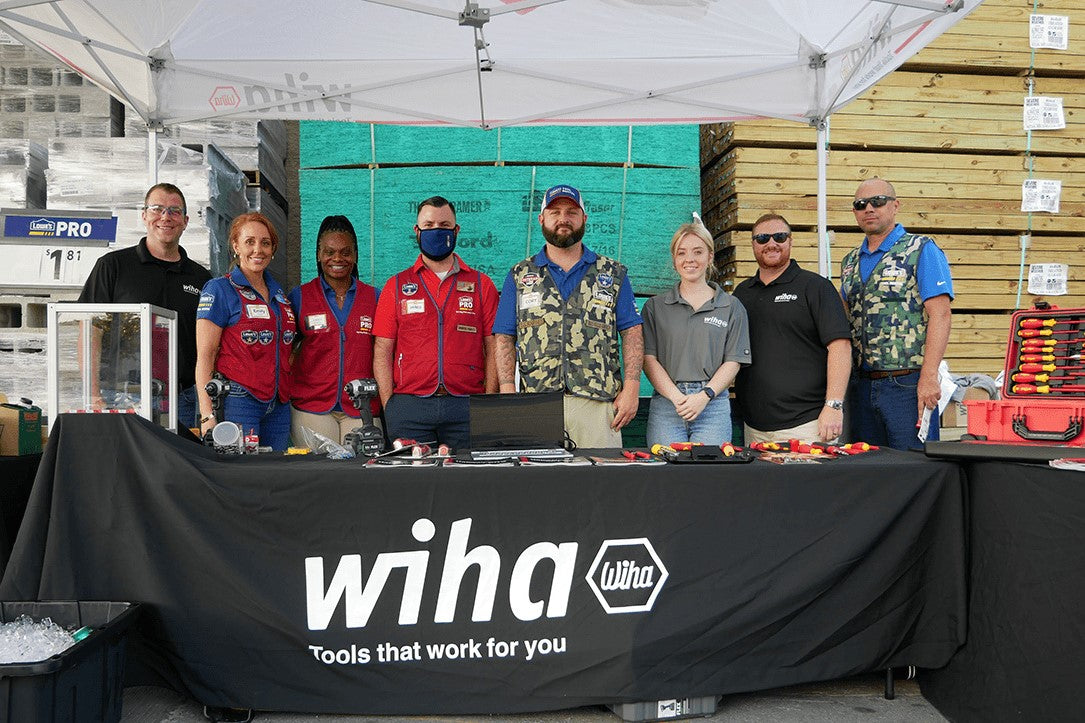Have you ever wondered how insulated tools work?
After all, a lot of people trust this equipment with their life to prevent electrical shock. Users also want to ensure the equipment they’re working on is protected during repair and inspection.
But how exactly are these tools keeping you safe? How do you know if the tools you’re using are insulated? If you’re curious how insulated tools keep you safe and what to look out for to ensure you’re using the right equipment, then you can find out everything you need to know right here.
Who uses insulated tools?
You don’t have to be an electrician to use insulated tools. This equipment is ideal for anyone who works on any type of electrical item. For example, some of the most common reasons to use insulated tools include opening or closing electrical panels, connecting or disconnecting contacts, cutting wires, installing circuit breakers, and servicing batteries.
Why you should use insulated tools
So why should you be using insulated tools in these scenarios or when working on potential live equipment? Tools that are insulated protect you from potential hazardous incidents occurring. You might think you’re working on a de-energized piece of equipment because it’s disconnected. You never really know for sure, and it’s also possible it’s near other energized items.
Insulated tools also provide arc flash protection. An arc flash is when electrical discharge travels through the air to the ground or other voltage phases. In some situations, it can lead to an explosion that destroys electrical equipment instantly, as well as injury or death to anyone in the area.
How insulated tools work
Most traditional tools have handles that are made from nylon or plastic. Unfortunately, when you work with electrical equipment, these tools won’t protect you against high voltage. Instead, it can travel down the steel at the center of the tool and then jump to your hand, causing injury or death.
For many insulated tools, the protection begins at the tip of the shaft and continues to the back of the handle so it can protect you in the instance you come into contact with any type of charge. Other objects like pliers or cutters will come with thick insulation on the handles just in case you accidentally cut a live wire.
How to know if a tool is insulated
Just because a tool features thick rubber material on the handles doesn’t necessarily mean it’s insulated. The best way to identify an insulated tool is to ensure it’s VDE certified, which we’ll discuss in more detail in our next blog post.

 points
points
























































